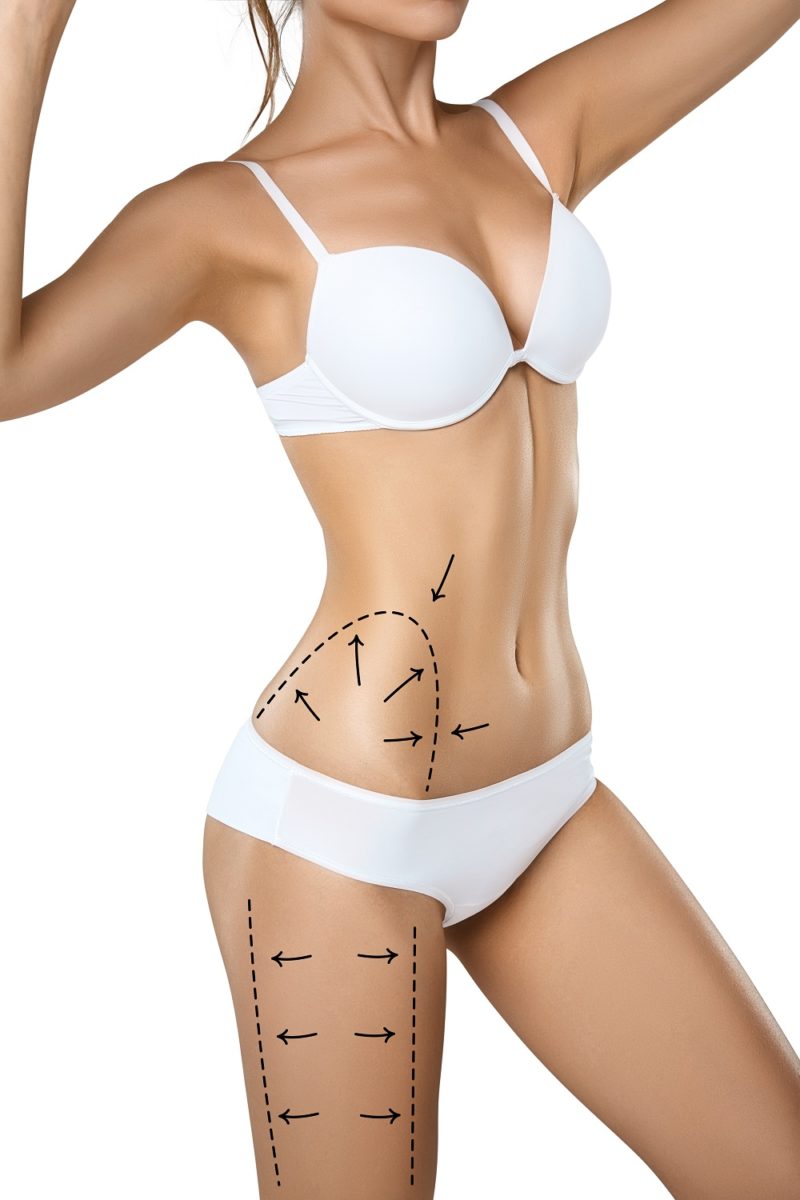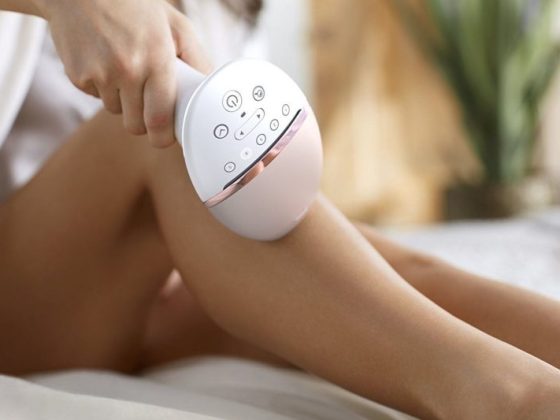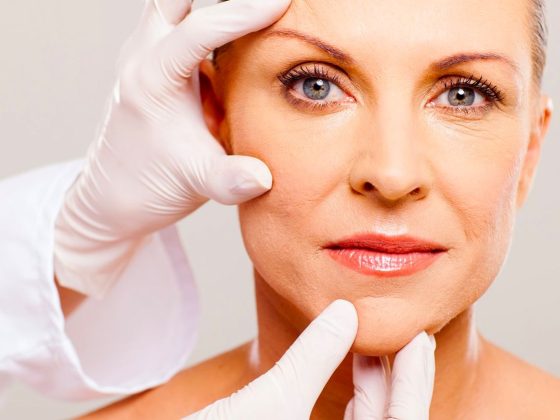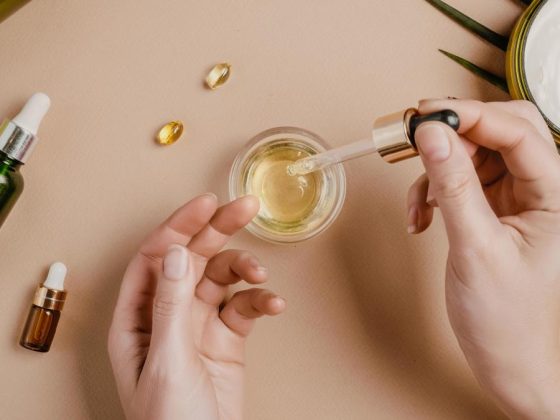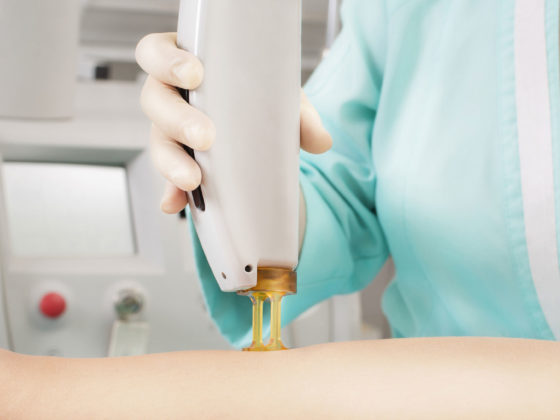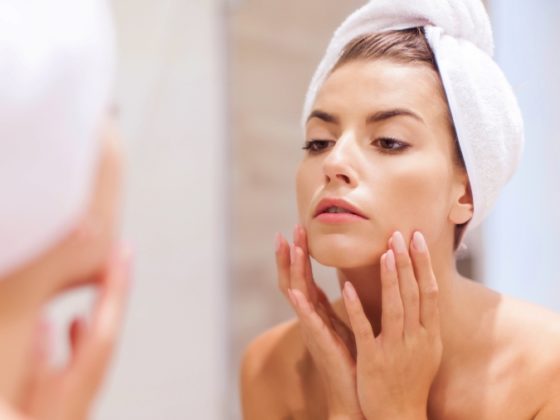Over the past couple of decades body contouring surgery has become one of the most popular cosmetic procedures. But not everyone needs or is willing to undergo surgery, anesthesia and the like to remove excess fat and reshape the body. Some serious advancements in the field of fat reduction now offer non-surgical procedures that can achieve noticeable results with no downtime, no surgery and minimal (if any) discomfort.
Most of these devices harness some form of energy – be it radiofrequency, ultrasound, freezing temperatures or hyperthermic laser – to break down underlying fat while leaving surrounding tissues unaffected.
This type of procedure doesn’t require any anesthesia and is performed in the clinic. There is normally zero downtime, only some mild discomfort and results are permanent if you maintain your weight.
What’s the catch, you may be thinking? Well, that’s difficult to answer. The only real ‘negative’ is that it’s suited to people with small to localized fat deposits (think muffin top or some extra belly fat), not for larger scale fat reduction.
All of these body contouring devices may have temporary side effects, such as swelling, redness or bruising around the treated area, which normally disappear after a week or so. Changes are gradual, as the body naturally metabolizes the destroyed fat cells over the next several weeks.
Even though these non-surgical contouring devices can be very effective, it still can’t reach the same level of results as liposuction. What it can offer is a more streamlined body shape, with problem areas mostly in the thighs and abdomen.
Here we look at the top-three trending fat-busting procedures in the current market:
RADIOFREQUENCY
Radiofrequency is used in this treatment to reduce sections of fat. An applicator emits energy into the skin’s outer layers, only affecting the tissues and fats.
The latest technology in this area is the enCurve by Lutronic. It uses a special frequency (27.12MHz) to selectively target and heat fat cells to an optimal temperature, leading to the fat cells’ death. The body’s natural removal process then takes over, permanently removing the damaged cells. This results in a sleeker body contour in the treatment area.
This is touted to be a more gentle and comfortable way to reduce fat cells, literally melting away fat rather than blasting it. The tummy, hips and thighs are most suited to RF body contouring treatments, and most people report only a slight warming sensation on their skin during treatment.
Like other non-surgical body contouring devices, results can be observed after a single treatment, although a series of treatments is usually recommended for significant results.
Read More: Skin Care Solutions for Teenagers & Acne-Prone Clients
LASER
Non-invasive fat reduction using hyperthernic laser is also new to the market. Launched in Australia by Cynosure, the innovative treatment, called SculpSure, is the first FDA-cleared laser treatment for non-invasive fat reduction of the flanks (love handles) and abdomen.
It uses a 1060nm laser to target and destroy fat cells below the dermis. Multiple areas can be treated at once in just 25 minutes, and all skin types are suitable. The controlled hyperthermic laser induces fat cell injury by raising adipose temperature to a range of 42 to 47˚ C – the ideal temperature to eliminate fat cells, without damage to surrounding tissue. There is no downtime and minimal, if any, discomfort. Results can be seen around six weeks after treatment as the body naturally metabolizes the destroyed fat. A series of treatments is typically recommended for optimum results.
CRYOLIPOLYSIS
Cryolipolysis uses freezing temperatures to kill fat cells without traumatizing the surrounding tissues or harming the skin. The two main contenders using this fat-freezing technology are Clatuu and CoolSculpting. During treatment, the area to be treated is suctioned into position by the device’s applicator head and then cold temperatures are directed to the fat cells under the skin, leaving the surrounding tissues intact. The “frozen fat” dies and is absorbed by your body over time.
A gradual cooling sensation is felt, similar to placing the area in ice, but this subsides as the body gets used to it. The initial suction may produce discomfort depending on the skin’s laxity, but normally subsides about 10 minutes into the procedure.
After treatment, the skin can feel stiff and cold, appearing squarish as if still moulded to the inside of the applicator. This can look strange immediately after the treatment, but goes away after about 30 minutes as the skin and underlying tissues soften back to room temperature.
References:
- Avram, M. M., & Harry, R. S. (2009). Cryolipolysis™ for subcutaneous fat layer reduction. Lasers in Surgery and Medicine: The Official Journal of the American Society for Laser Medicine and Surgery, 41(10), 703-708.
- Schilling, L., Saedi, N., & Weiss, R. (2017). 1060 nm Diode Hyperthermic Laser Lipolysis: The Latest in Non-Invasive Body Contouring. Journal of drugs in dermatology: JDD, 16(1), 48-52.
